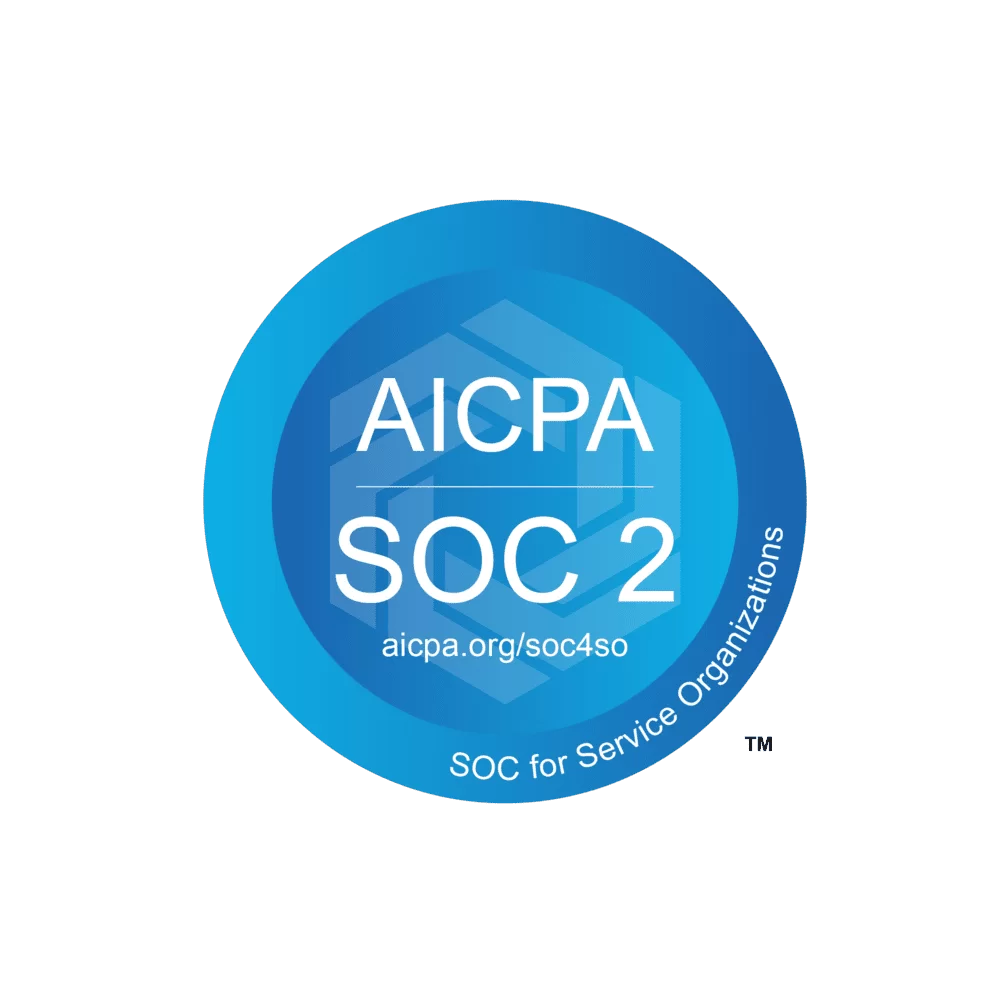There are many potential pitfalls when it comes to implementing a good SaaS security program. Here are a few of the most common:
1. Not knowing what SaaS applications are in use within your organization.
It's important to have a clear inventory of all SaaS applications in use, as well as who is using them and for what purpose. Without this information, it's difficult to properly secure SaaS applications.
2. Not properly securing SaaS application access.
It's essential to ensure that only authorized users have access to SaaS applications. This can be done through proper authentication and authorization measures, such as Single Sign-On (SSO) and two-factor authentication (2FA).
3. Not monitoring SaaS application activity.
Once users have access to SaaS applications, it's important to monitor their activity to ensure that they're not doing anything suspicious or harmful. This can be done through activity monitoring and logging.
4. Not having a plan for SaaS application data.
It's important to know where SaaS application data is stored and how it's backed up. This data should be properly secured to prevent unauthorized access.
5. Not regularly testing SaaS security controls.
It's important to regularly test SaaS security controls to ensure that they're effective. This can be done through vulnerability scans and penetration tests.
If you're not careful, these and other pitfalls can jeopardize the security of your SaaS applications. By being aware of them and taking steps to avoid them, you can help keep your SaaS applications safe.







